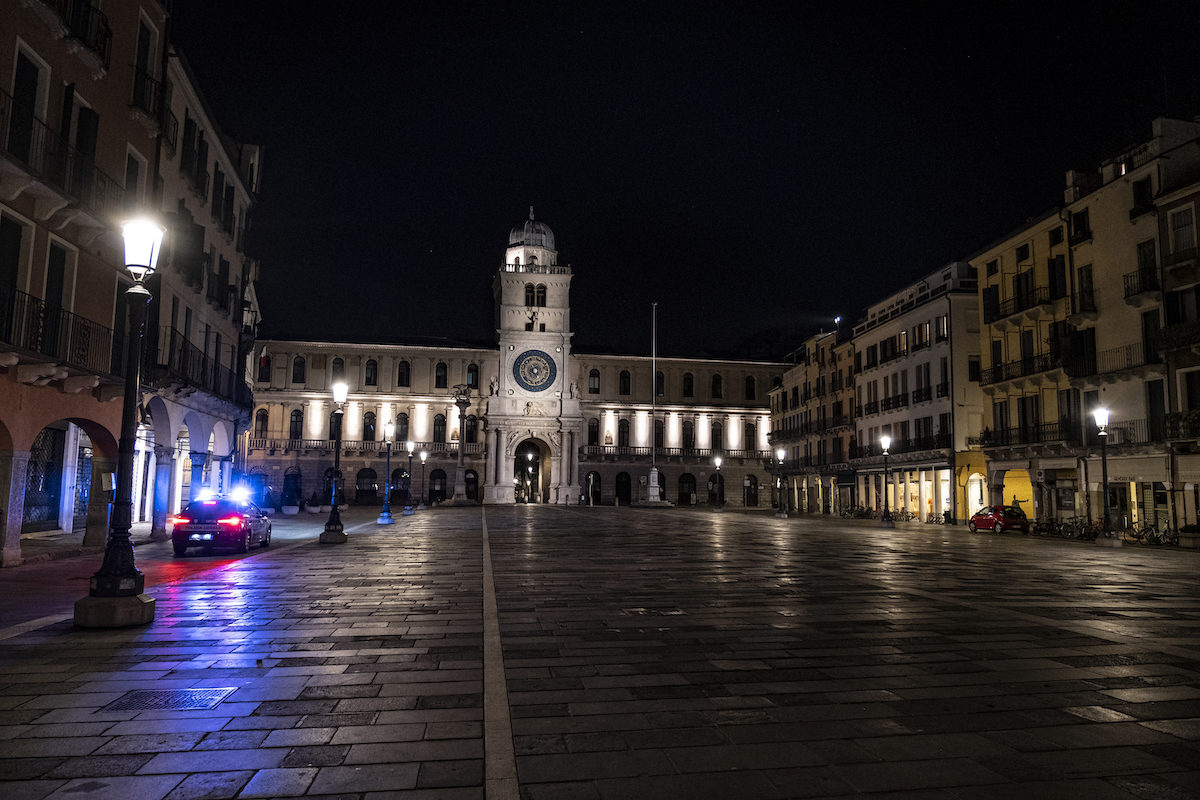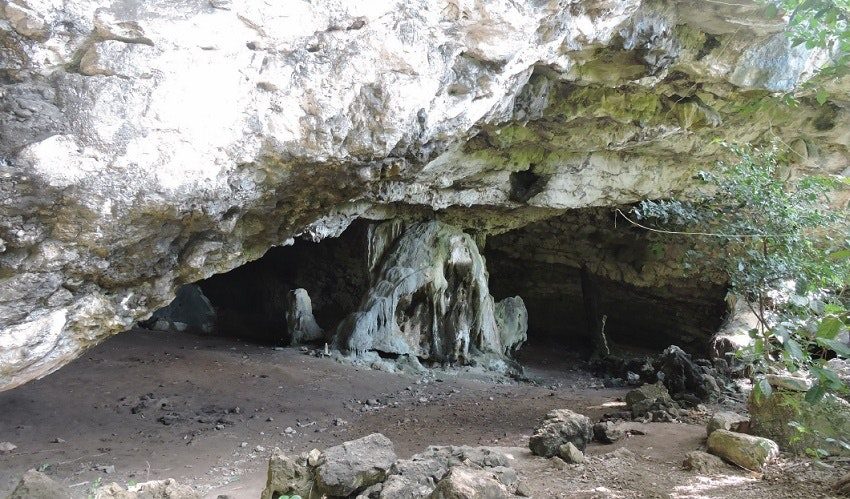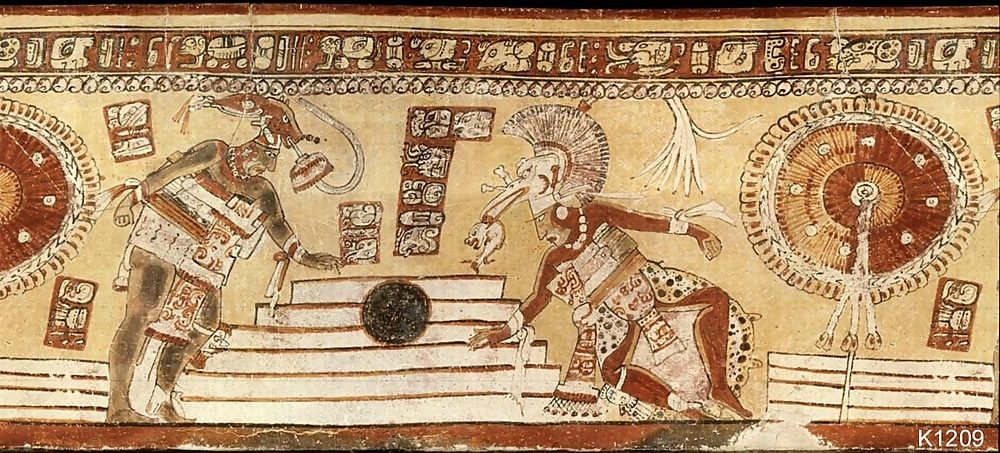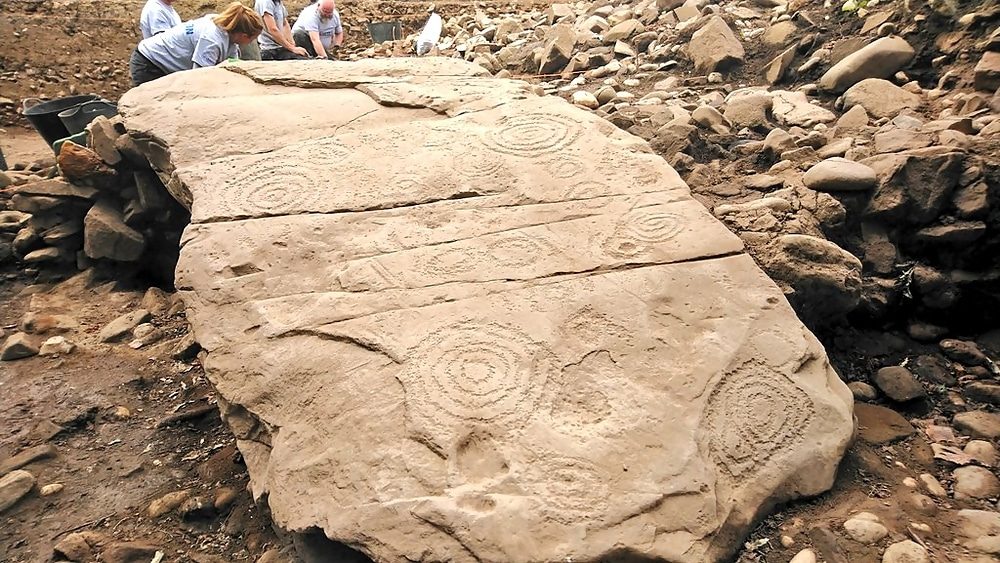
© AFP / Roberto Silvino / NurPhotoStoics would approve: Following a decree issued by Prime Minister Giuseppe Conte on March 9, all commercial activities have been required to close after 6 pm with the exception of food shops. The squares of Italian cities have emptied; bars, restaurants, cafes and covered markets are now deserted. Movement is allowed only for business purposes and home deliveries and for close personal reasons. The streets are patrolled by police forces. This photo was taken at Piazza Capitaniato, Padua, on Monday.
Earlier this week a delegation of Chinese medics arrived at Malpensa airport near Milan from Shanghai on a special China Eastern flight carrying 400,000 masks and 17 tons of equipment. The salutation banner the visitors rolled out on the tarmac, in red and white, read, "We're waves from the same sea, leaves from the same tree, flowers from the same garden."
In a stance of supreme cross-cultural elegance, this was inspired by the poetics of Seneca, a Stoic.
The impact, all over Italy, where people still study the classics, was immense.The Chinese were consulted in advance and they preferred Seneca to a Chinese saying. After all, for China, a 5,000-year-old civilization-state that has confronted perhaps more than its share of instances of
luan ("chaos"), there's nothing more rejuvenating than post-chaos.
China is donating coronavirus test kits to Cambodia. China sent planeloads of masks, ventilators - and medics - to Italy and France. China sent medics to Iran, which is under unilateral, illegal US sanctions - and to Iraq, which the Pentagon is bombing again. China is helping across the (Eurasian) board, from the Philippines to Spain.President Xi Jinping, in a phone call with Italy's Prime Minister Giuseppe Conte, pledged in the wake of Covid-19 to establish a Health Silk Road, a companion to the New Silk Roads, or Belt and Road Initiative.
Thus, finally, there's the Philosophical Silk Road celebrated at an Italian airport, a meeting of Greek/Latin stoicism with Chinese stoicism.




Comment: More on the Mayans, Aztecs and the Popul Vuh: